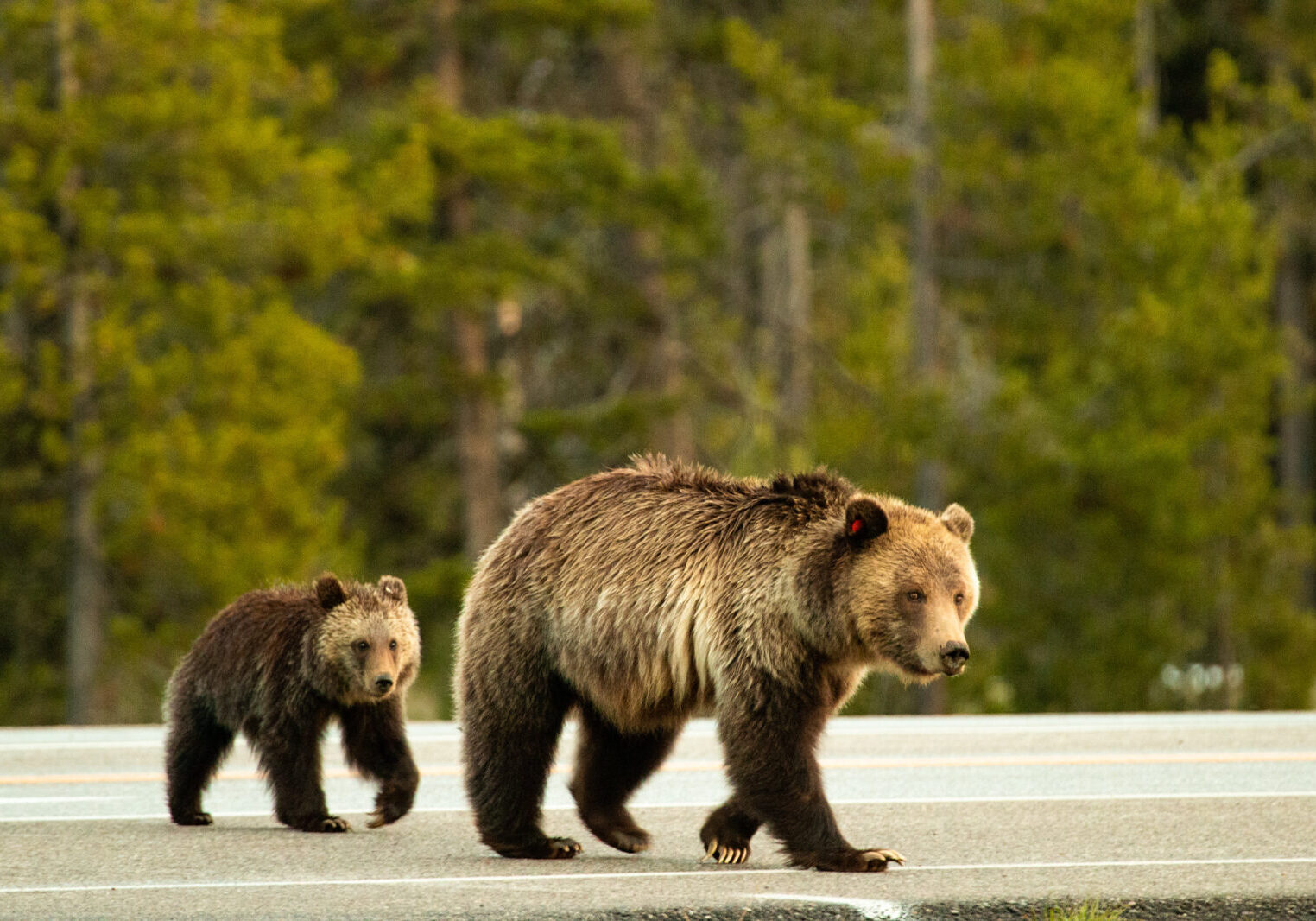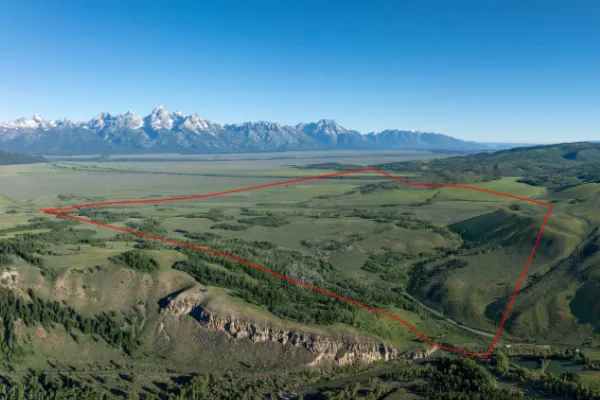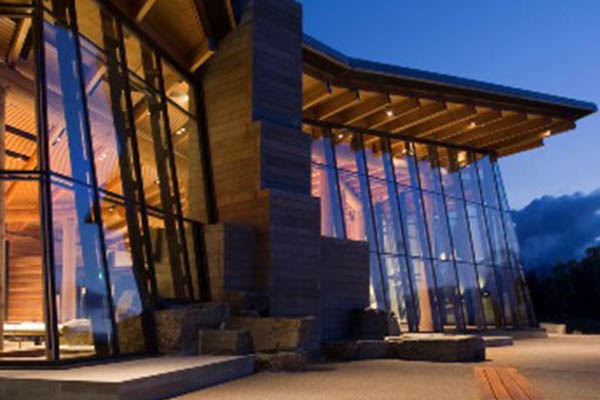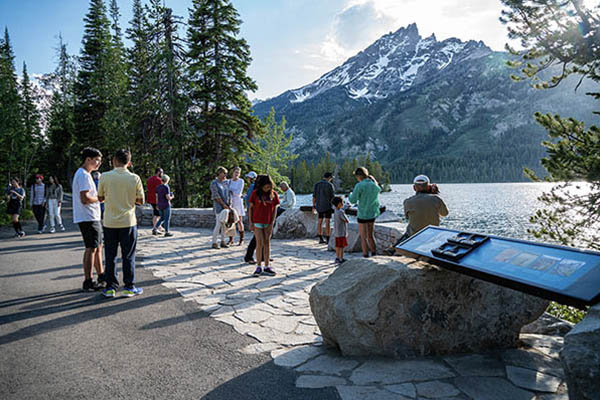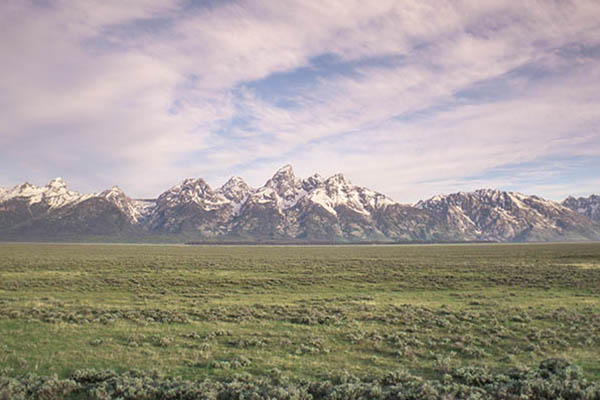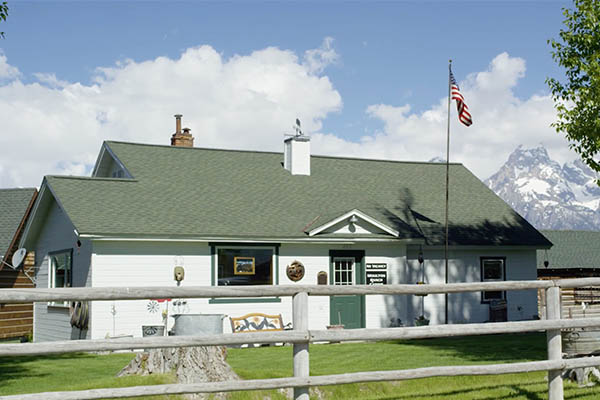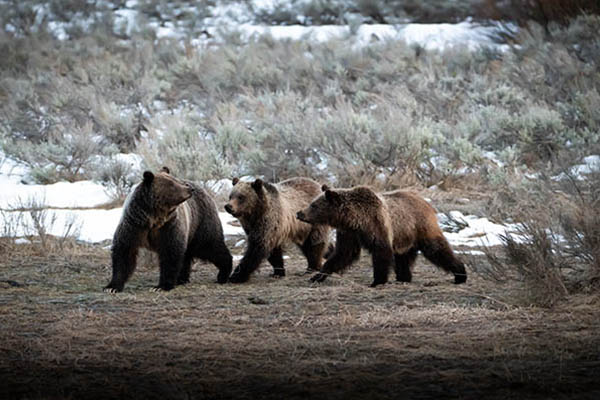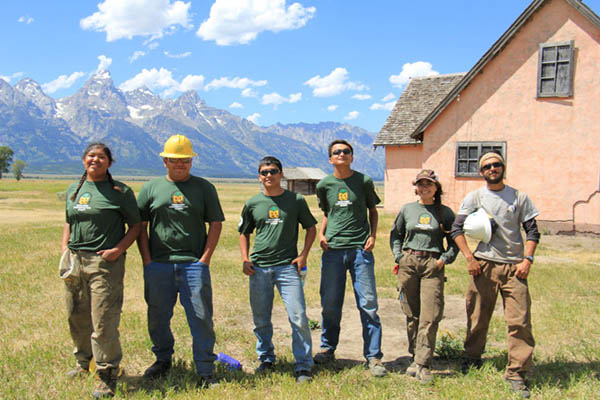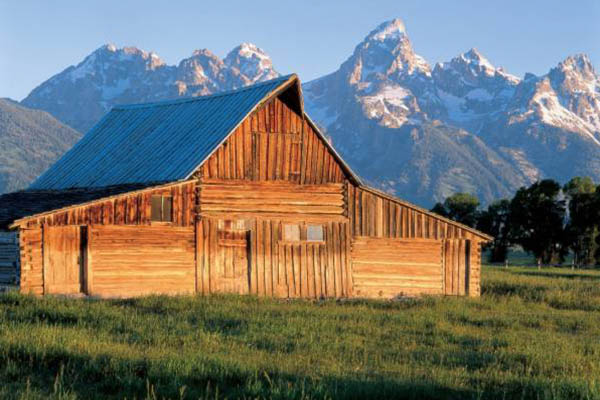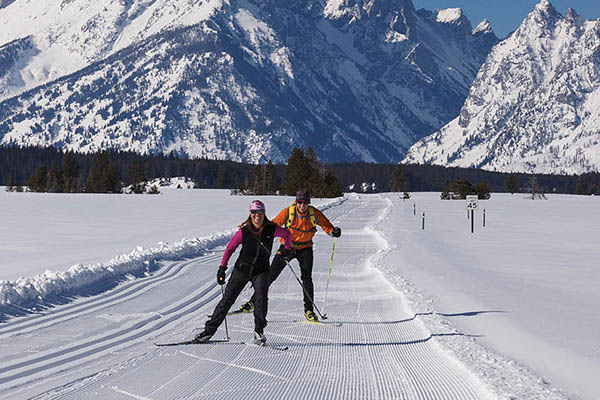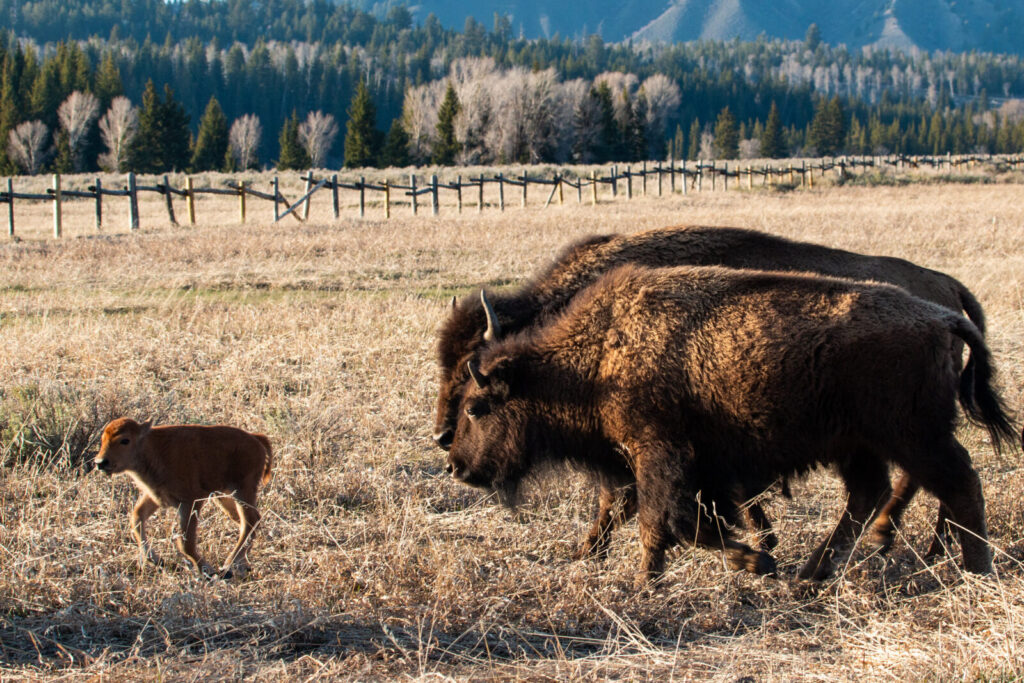
While May weather fluctuates, the season shifts perceptibly toward summer with warming temperatures and burgeoning vegetation. Park wildlife enjoy increasing food security, which is vital to pregnant and nursing females. Spring is a time of increased activity as many animals are giving birth and raising young.
● Early-nesting birds such as bald eagles, ravens, great-horned owls, and others are mostly found in their nests in the spring, incubating newly laid eggs. Two summers ago, biologists documented a pair of barred owls nesting in the park, the first recorded in Wyoming. These owls appear to be expanding their range.
● Migratory birds, like osprey, American robins, mountain bluebirds, meadowlarks, and red-wing blackbirds, that left Jackson Hole in the fall, are returning in increasing numbers. This May, park biologists recorded the unusual sighting of a crested caracara. The caracara has not been documented in the park before and is more normally found around Texas.
● Sandhill cranes, another returning migrant, mate for life and show strong fidelity to returning to the same nesting site. As they return to the valley, they are at their most vocal practicing unison calling, which strengthens their bond. They will build mound nests and share incubating duties.
● Wolves, foxes, and coyotes can be found out and about, localizing around their den sites and tending to pups and kits who will soon be making their first exploratory appearances.
● In creeks and tributaries, native cutthroat trout initiate spawning as water levels rise with spring runoff.
● Spring migrations of elk and bison herds brings them to newly green meadows where the sprouting plants provide nutritious food, especially vital for expectant and nursing mothers. Both moose and elk calving seasons have begun. While young bison are a little older and growing steadily stronger.
● Bears are out of their dens and active. The last to leave their dens—grizzly and black bear females with cubs—are out and about. Those with cubs-of-the-year are only making small movements so that their tiny cubs can keep up. Over the past few weeks, bears have been making increased appearances in the park delighting park visitors. Grizzly bears are searching for tasty plants and digging up roots in meadows this time of the year making them a little easier to spot. Carry bear spray and make noise when hiking so you do not startle a bear and cause it to defend itself.
As wildlife are rearing their young, it is critical to give these animals plenty of space. Nesting raptors often vocalize with alarm calls when people approach their nests. Bears, moose, bison, and elk are particularly protective of their young and might pose a danger to people that they perceive as a threat. If you elicit a raptor’s alarm call or experience any kind of vigilance or aggression from any animal, you are too close!
